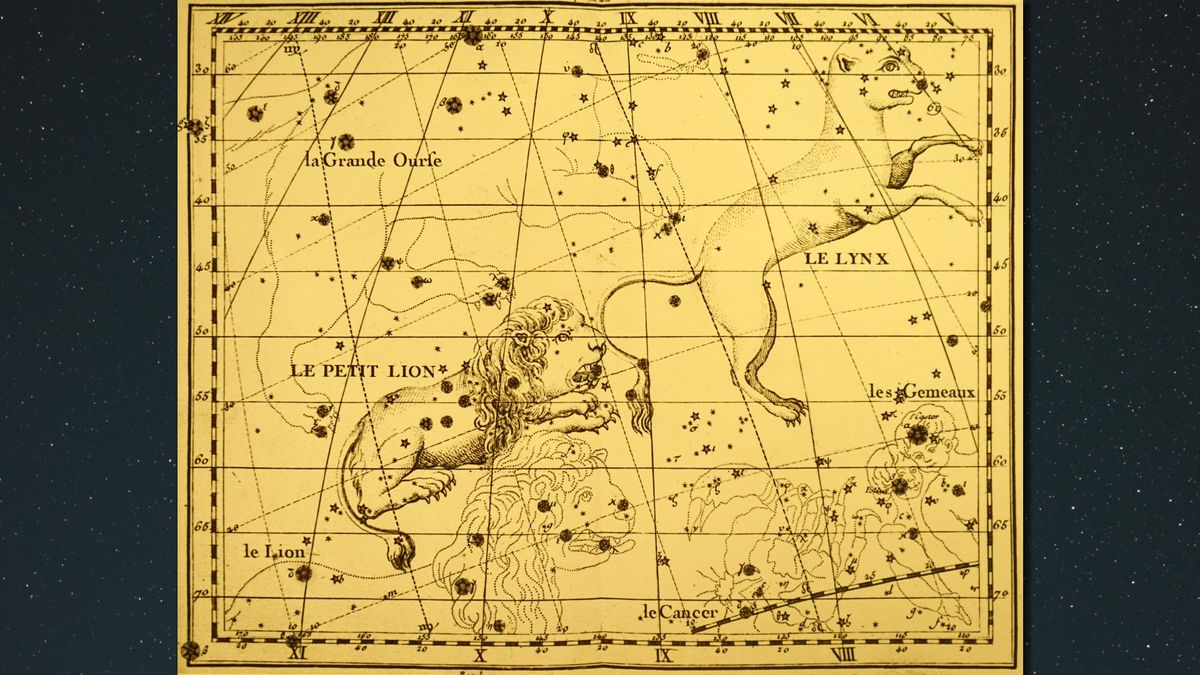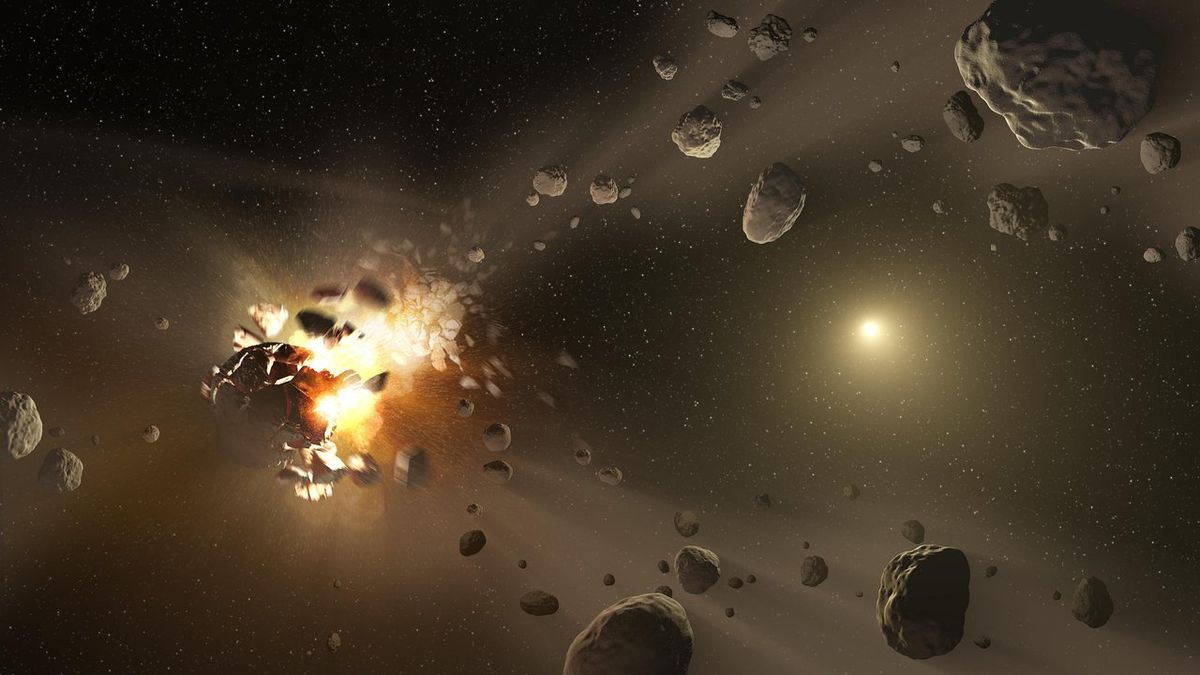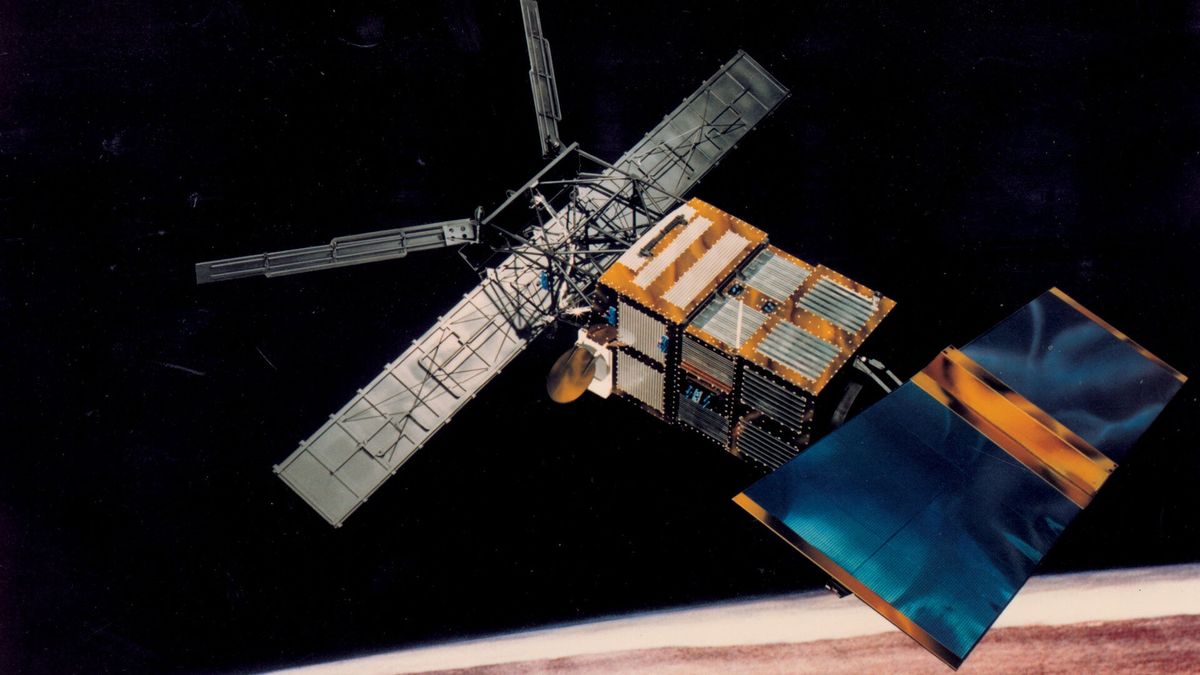Observing the Felines of the Mid-Spring Sky: A Fascinating Celestial Phenomenon
Following the disappearance of the bright moon from the evening sky, we are presented with a unique opportunity to witness the felines of the mid-spring sky. Known colloquially as “Cat Nights,” this phenomenon is traditionally associated with the month of August, contrary to the popular belief that it occurs in April. In contrast to the “Dog Days” of summer, which are named after the Dog Star, Sirius, Cat Nights begin on Aug. 17 and are rooted in an ancient Irish legend about witches transforming into cats.
The Mighty Lion: Symbolism and Mythology
One of the prominent members of the cat family in the night sky is the constellation Leo, known as the Lion. Positioned high in the southern sky as winter stars fade away in the west during the initial stages of spring, Leo stands out with a distinct shape resembling the majestic figure of a reclining lion, particularly the revered Nemean Lion of Greek mythology.
The myth of the Nemean Lion, a formidable beast with impenetrable skin, is closely tied to the constellation Leo. In the mythological narrative, Hercules, as part of his legendary trials, successfully defeats the Nemean Lion by engaging in a fierce battle that culminates in his strangling the beast.
Classic Constellation Features: Regulus and Algeiba
Regulus, the brightest star in the constellation Leo, is situated at the end of the Sickle’s handle. Despite being the faintest among the first-magnitude stars, Regulus possesses significant luminosity, standing 79 light years away from Earth. Furthermore, this seemingly singular star is, in fact, a quadruple star system comprising four stars arranged in two pairs.
In the blade of the Sickle, another prominent star known as Algeiba captivates observers with its deceptive appearance as a single star. However, a telescope reveals the true nature of Algeiba, showcasing its stunning double-star composition with distinct colors — one exhibiting a greenish tint while the other exudes a delicate orange-yellow hue.
Additional Celestial Feline Members in the Night Sky
While Leo dominates the night sky with its symbolic representation of a lion, two other feline-themed constellations accompany it: Leo Minor, the Smaller Lion, and Lynx. Leo Minor, a relatively faint constellation, was introduced by the Polish astronomer Johannes Hevelius in the 17th century as part of his comprehensive star atlas “Firmamentum Sobiescianum.” Similarly, Lynx, another creation of Hevelius, represents a cat-like creature symbolizing exceptional eyesight despite its dim appearance in the sky.
Notably, throughout the rich tapestry of astronomical history, constellations inspired by animals and mythical creatures have captured the imagination of astronomers and stargazers alike, offering a glimpse into the diverse cultural interpretations of the cosmos.
Image/Photo credit: source url





